Fun with Frequencies and Gradients!
Olivia Koshy
cs194-26-afs
Part 1: Frequency Domain
1.1 Warmup: Image Sharpening
Original Image (Greyscale)
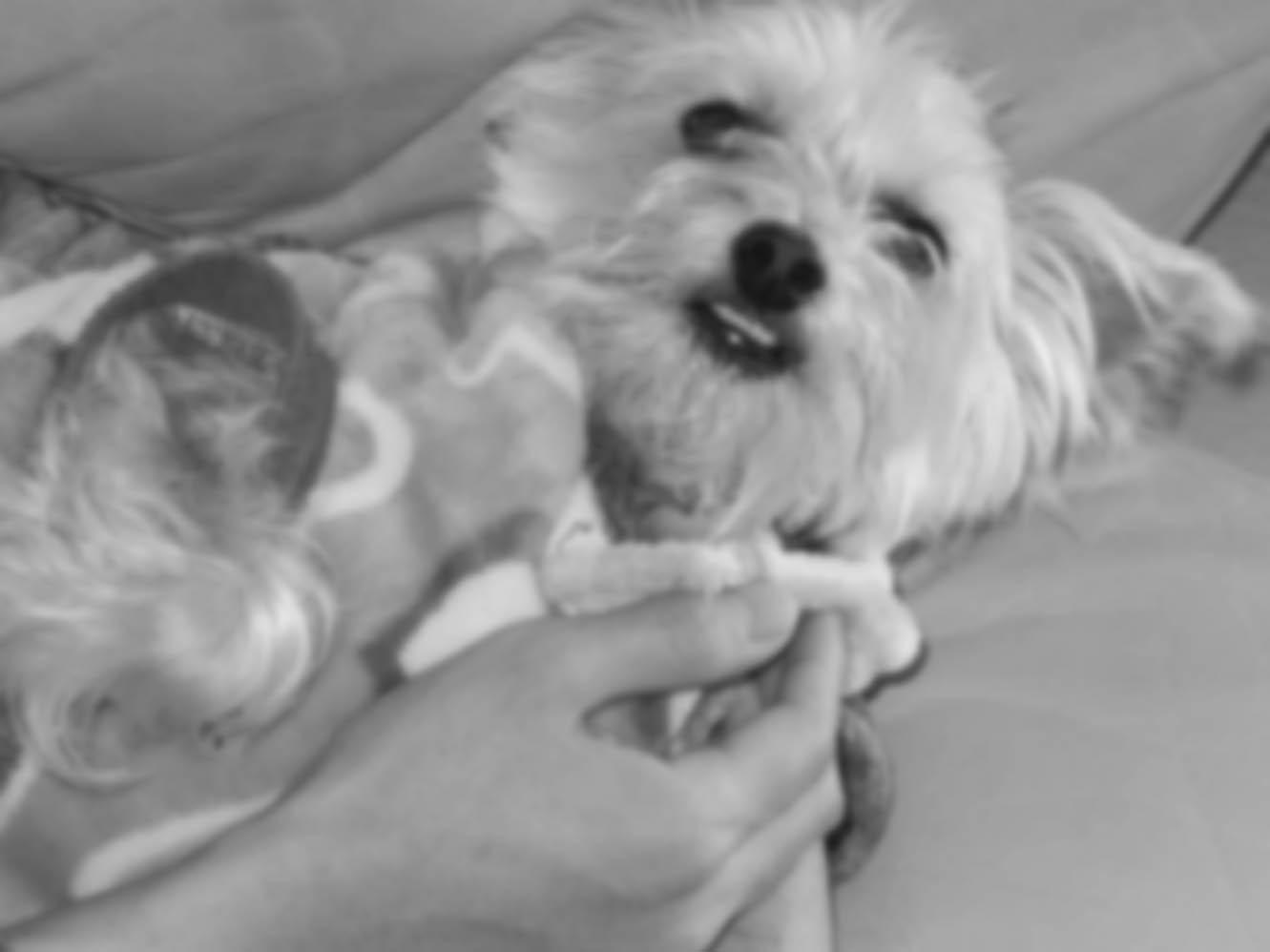

Image Sharpened
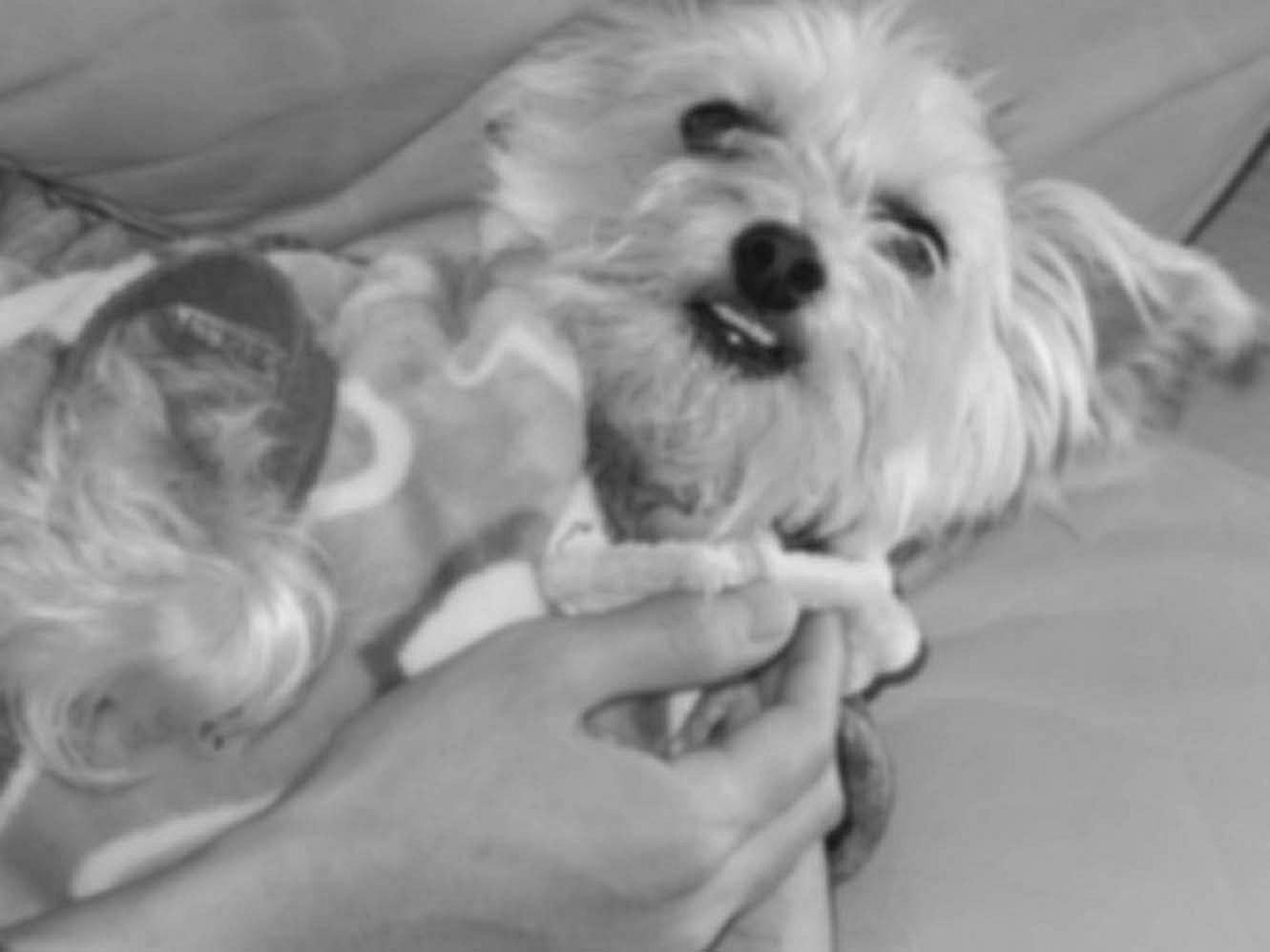

Original image vs sharpened image.
1.2 Hybrid Images
Pup or Dog?
Pup


Dog


Puppy&&&Dog
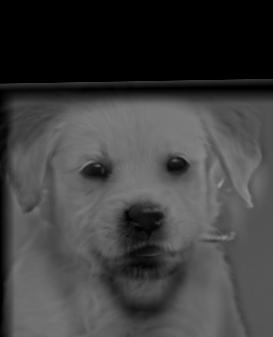

Wolf and Pupper
Wolf


Puppy


Wolfyyyy
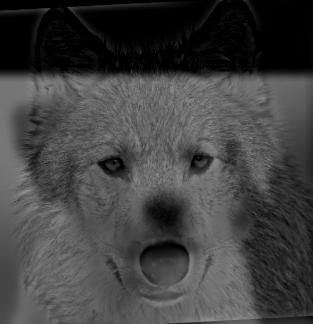

Man or Cartoon?
Man


Cartoon


Mantooooonnn
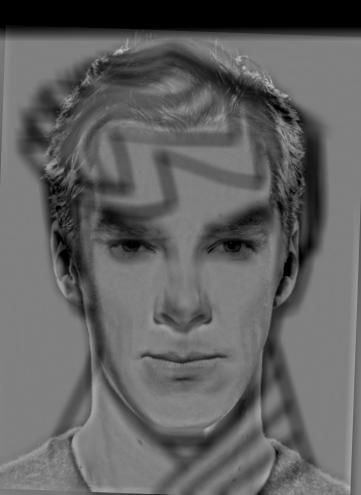

Fourier Analysis of our Mantooooonnn



Derek and Nutmeg
And we also have our catmannnnnnn
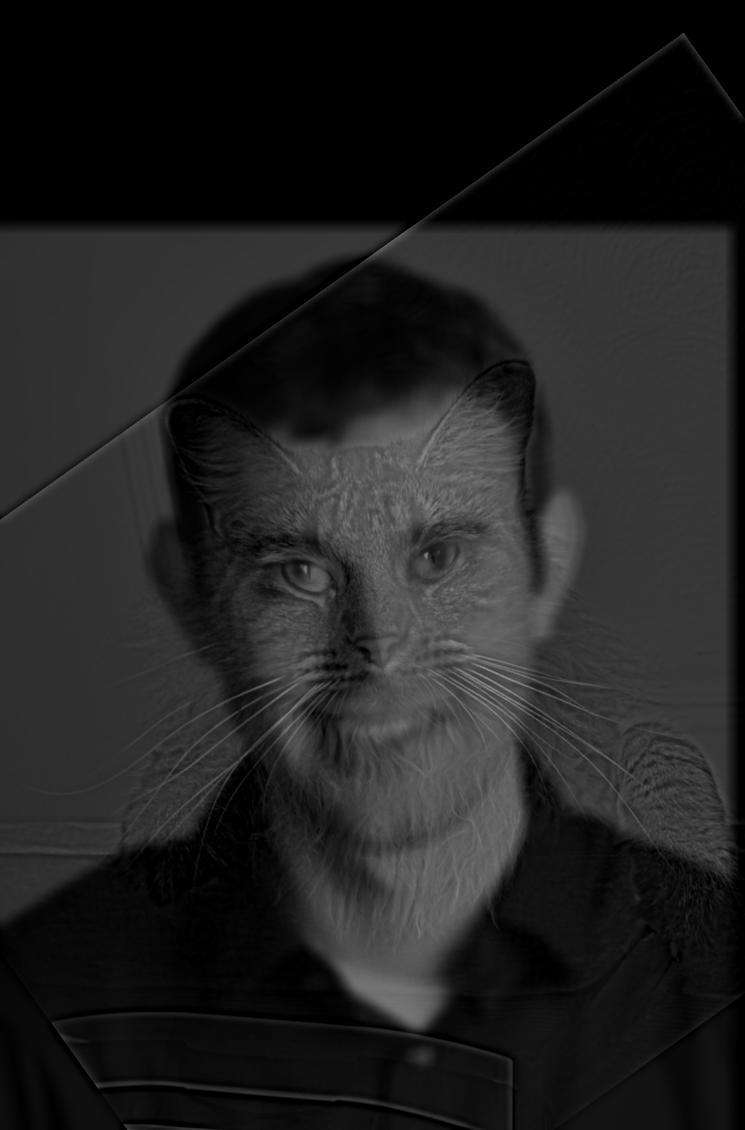

1.3
Gaussian and Laplacian Stacks
Mona Lisa
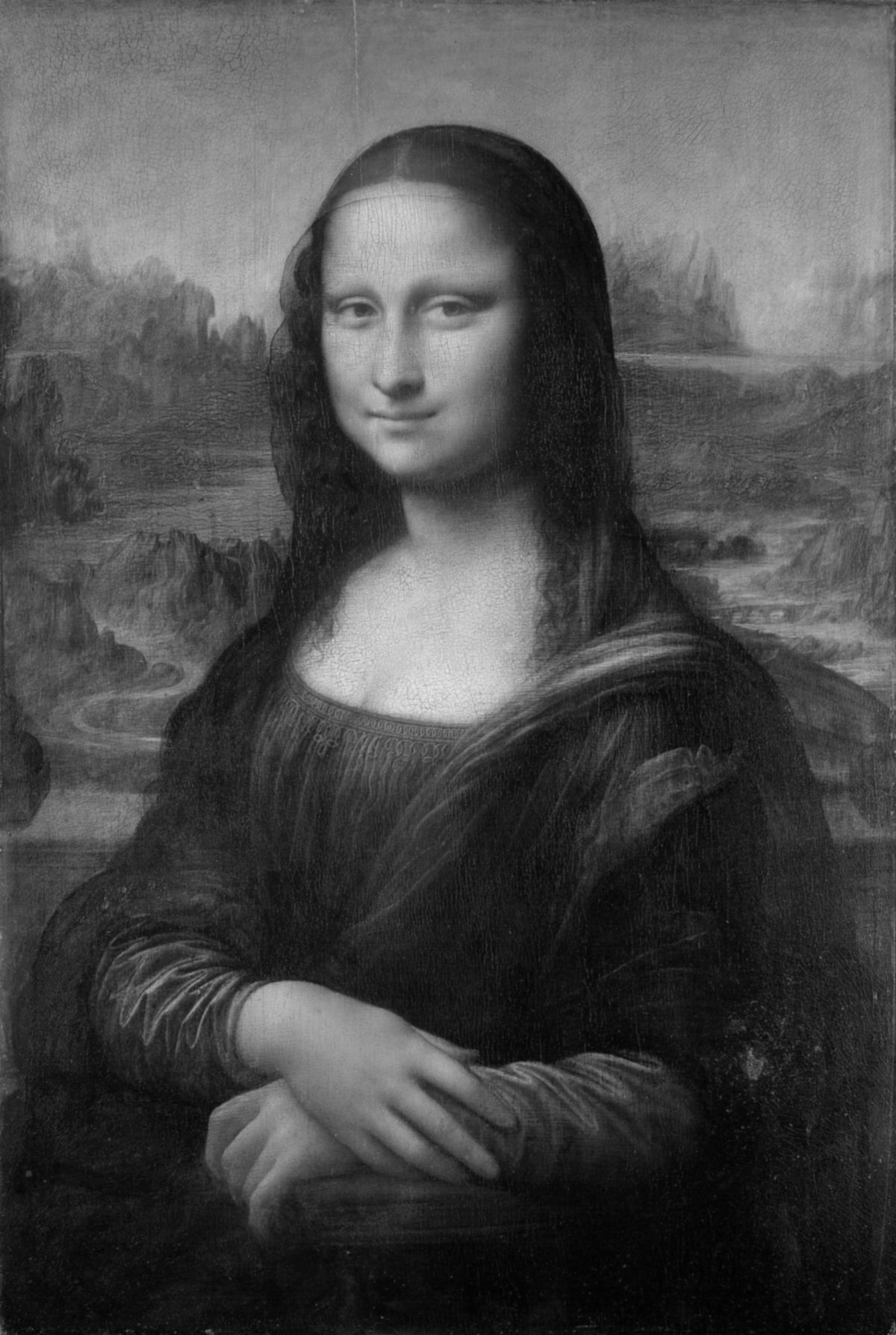
Gaussian 1
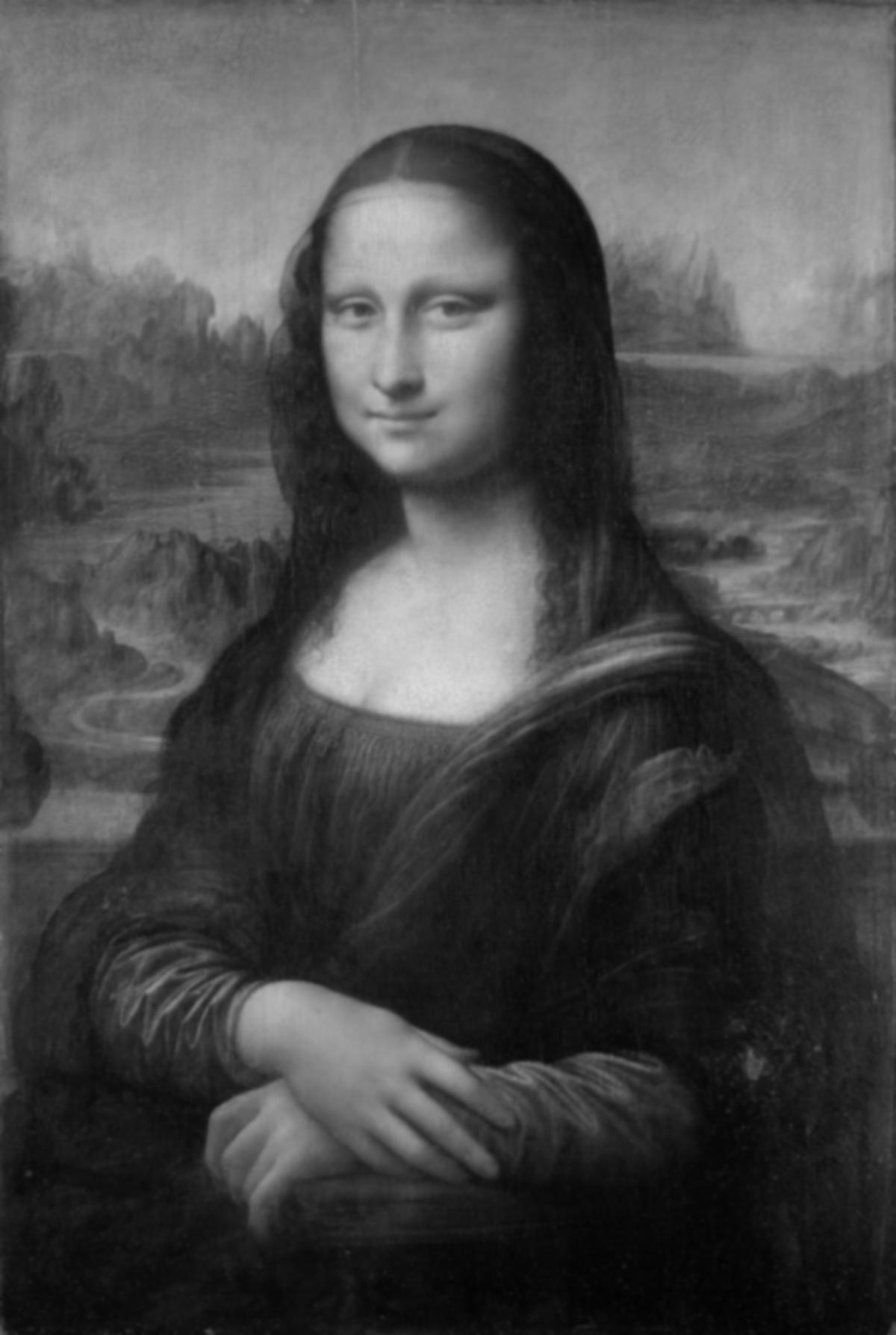
Gaussian 2
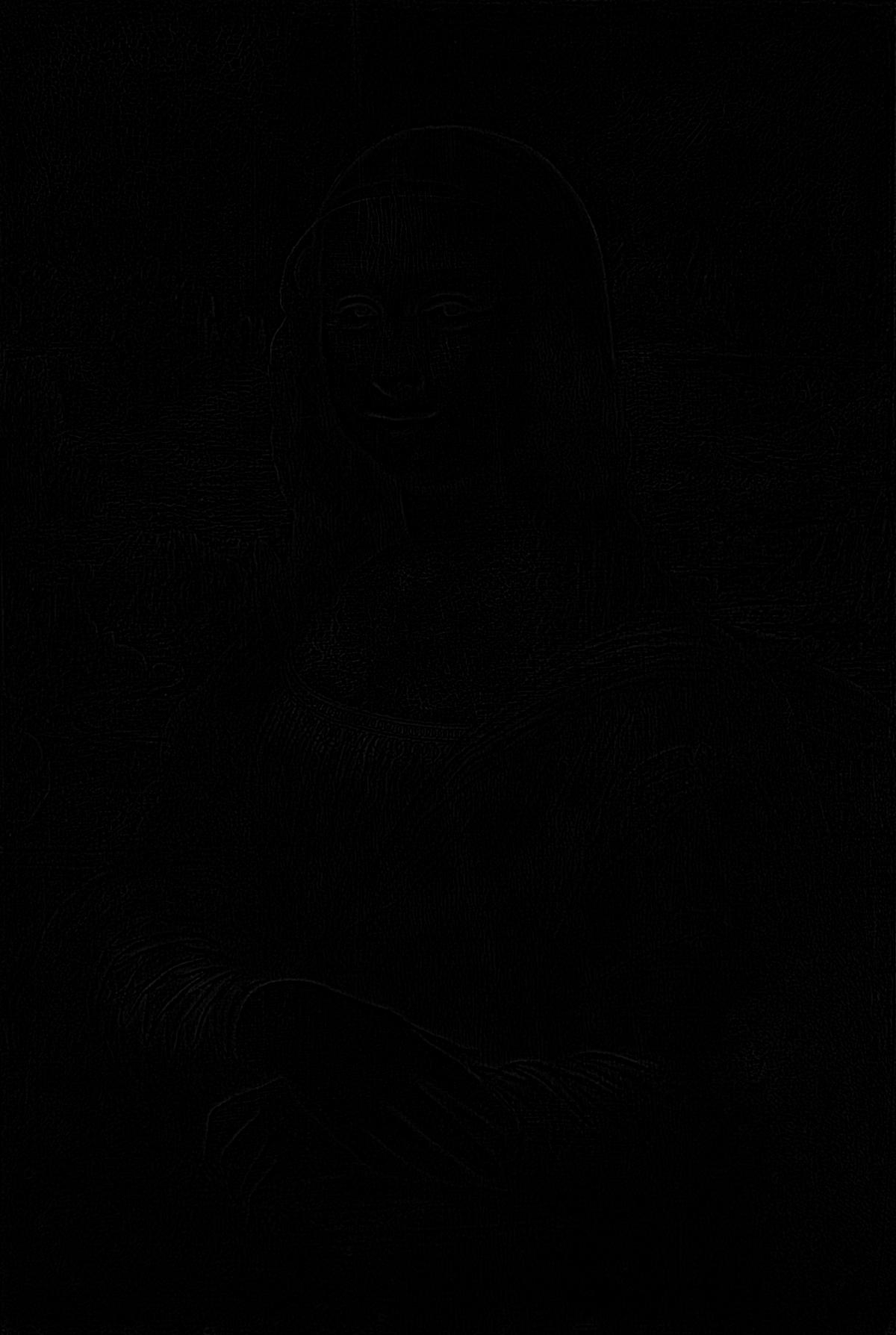
Lap 1
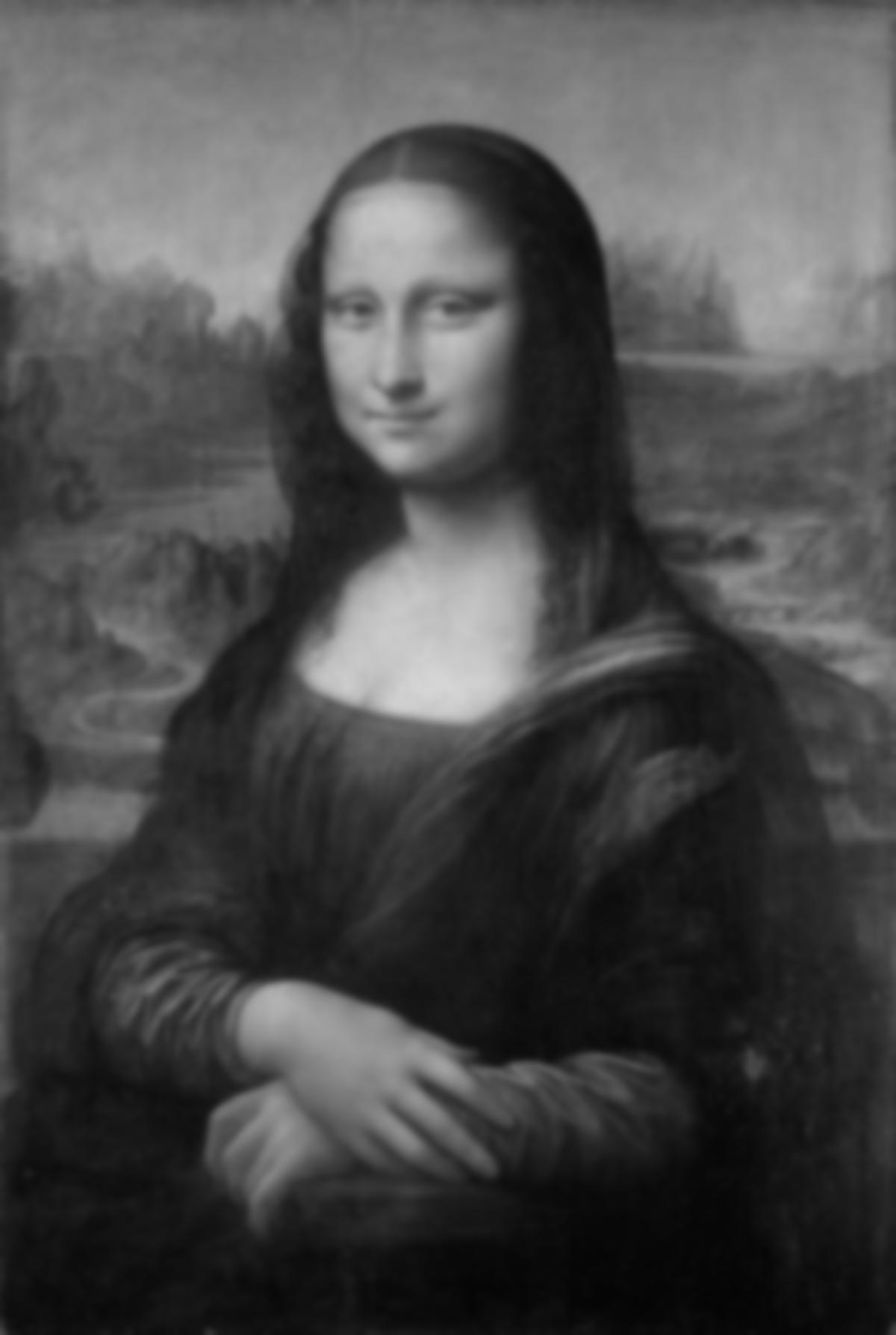
Gaussian 3
Lap 2
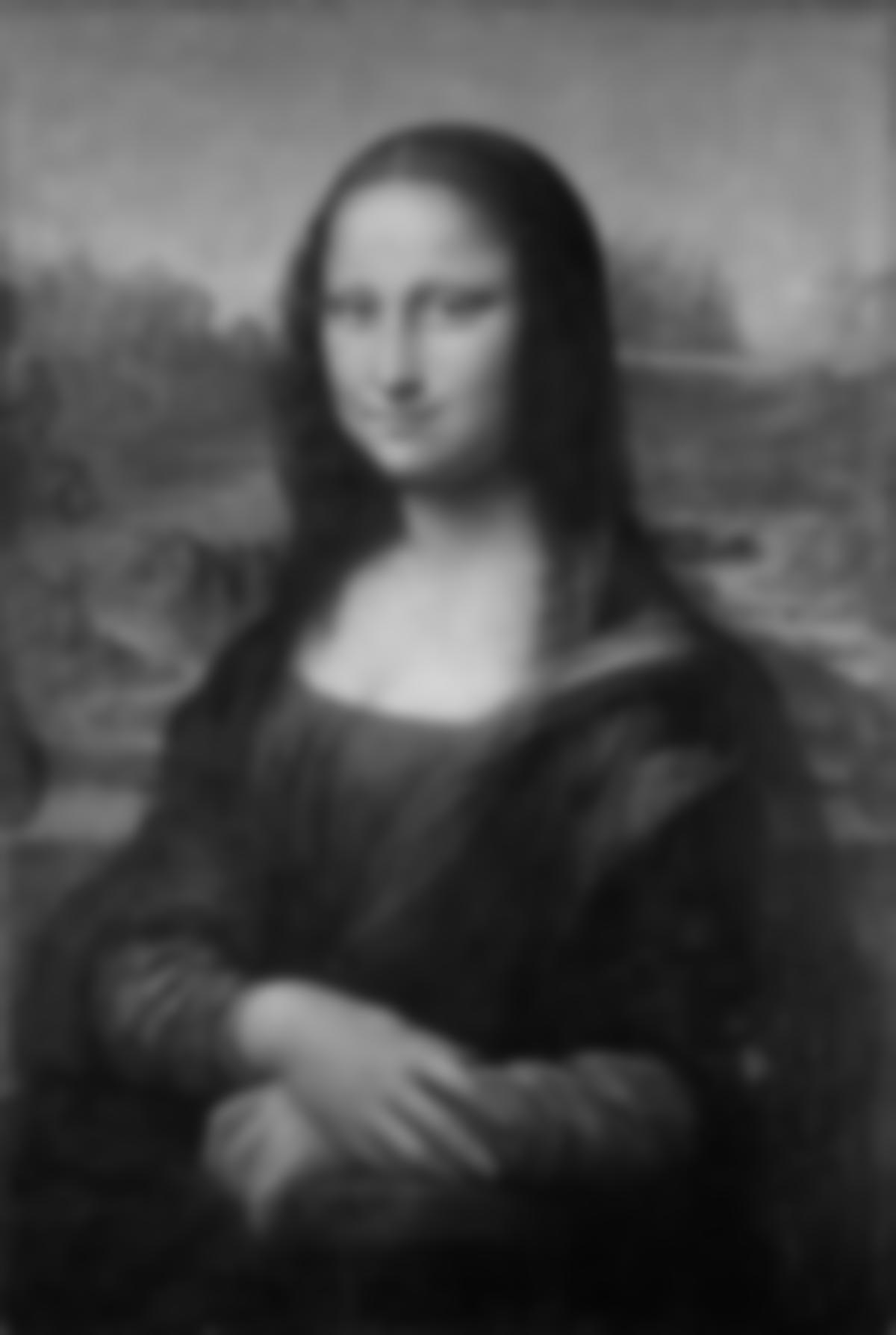
Gaussian 4
Lap 3

Gaussian 5
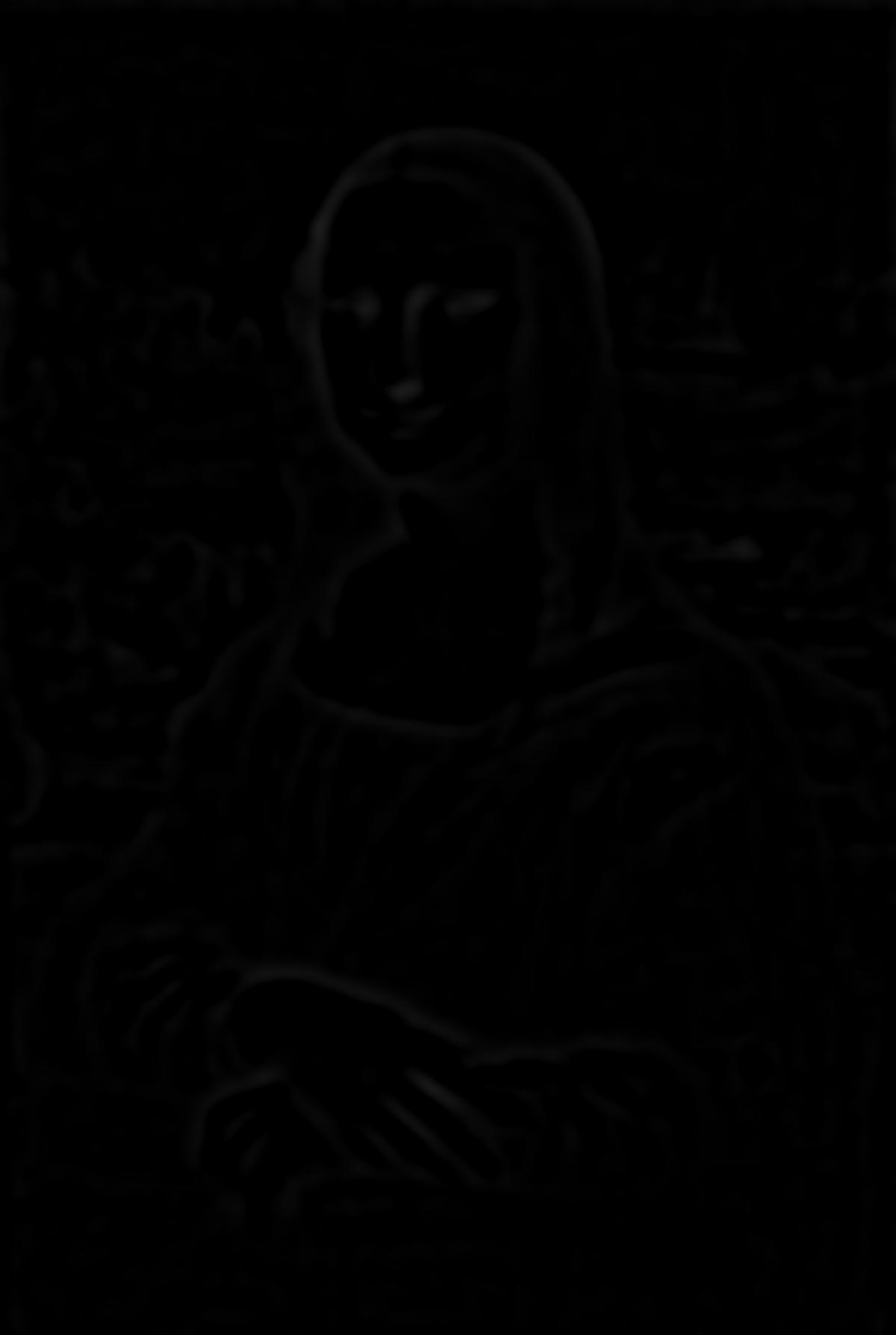
Lap 4
Lincoln
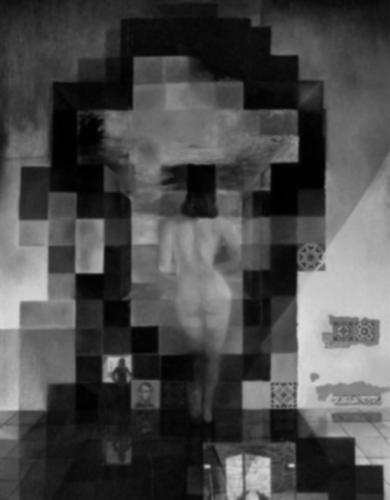
Gaussian 1

Gaussian 2
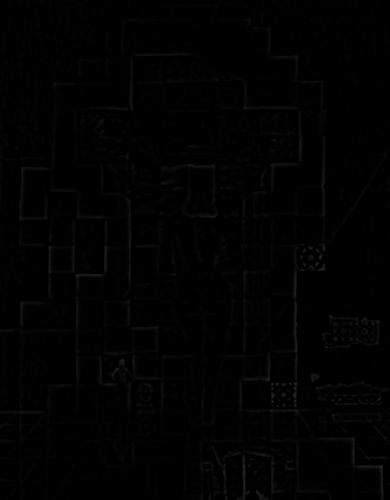
Lap 1
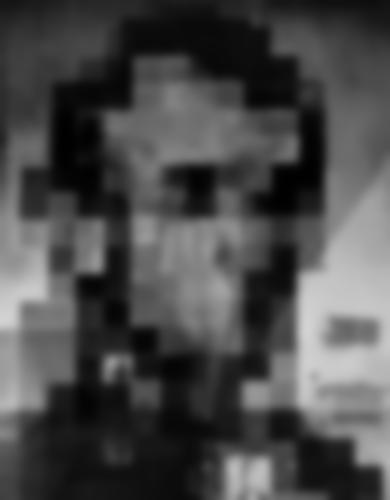
Gaussian 3

Lap 2
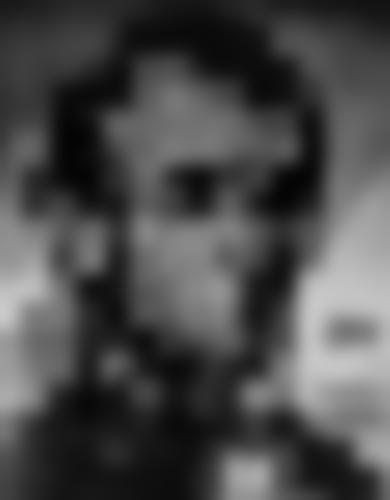
Gaussian 4
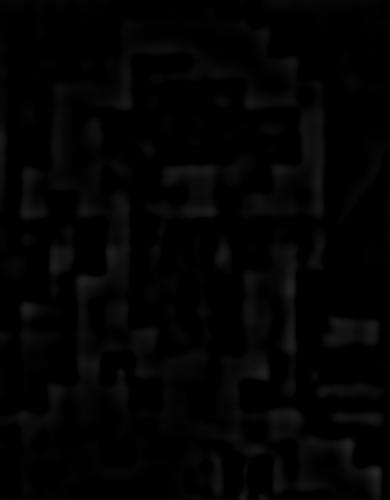
Lap 3
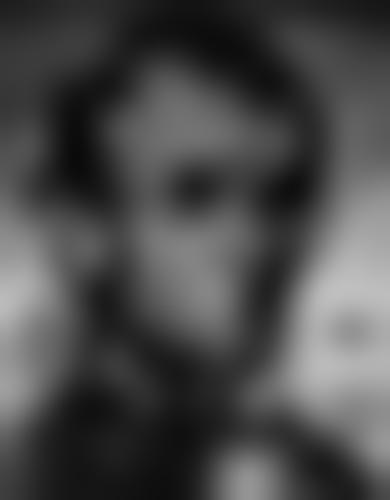
Gaussian 5
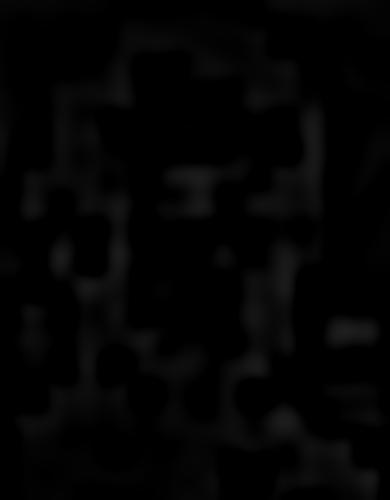
Lap 4
Multiresolution Blending
Couldn't get this one working :(
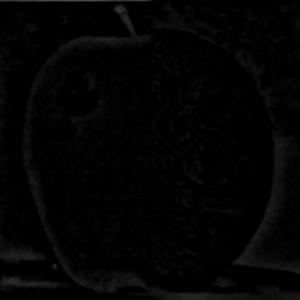

Part 2: Gradient Domain
Toy Problem
Toy Image


Reconstructed
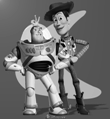

Poisson Blending
2.2
Poisson Blending

Source
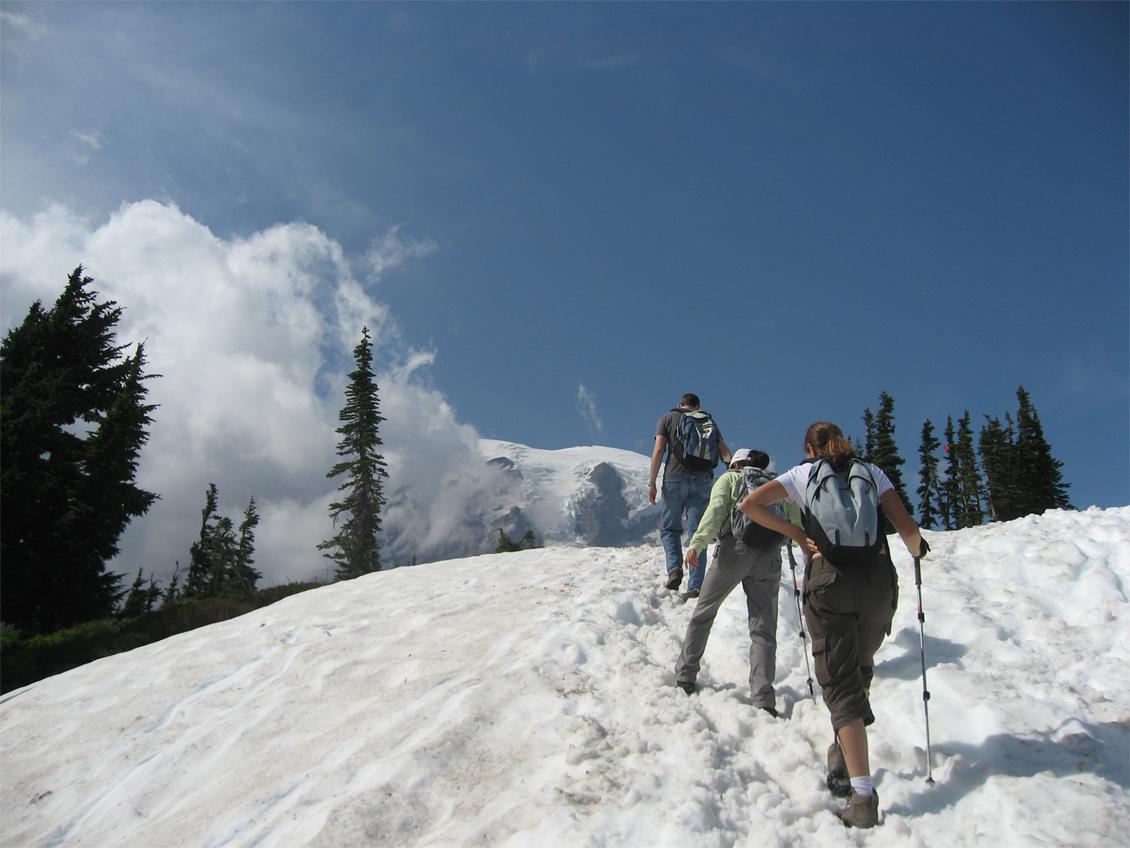
Target
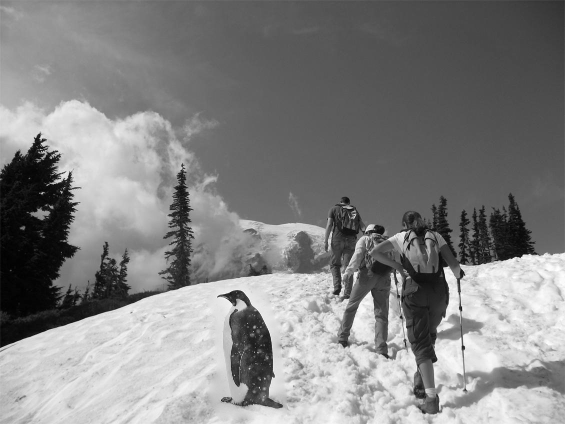
Blended Image
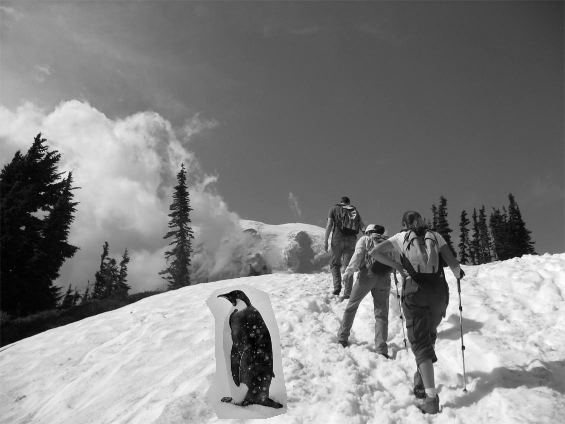
Copied Image

Target

Target
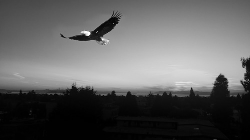
Blended: Here we applied the same idea as before by forming this into a least squares question where we had the coefficients for the matrix from our problem statment setup. Unfortunately I had a bug with my colored version :( )